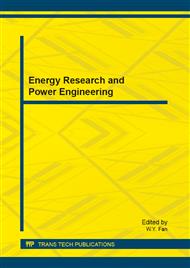p.668
p.674
p.679
p.684
p.690
p.694
p.700
p.704
p.709
Library Temperature and Humidity Remote Control System Based on Micro Controller Unit
Abstract:
This thesis has designed a remote control system which takes Micro controller Unit AT89S51 as the core for library temperature and humidity.The system consists of temperature and humidity data acquisition, wireless transceiver, Micro controller Unit and PC data display modules. The system can detect and control temperature and humidity of library remotely in real time, avoid the traditional manual labor tedious, and contribute to the storage of paper documents.
Info:
Periodical:
Pages:
690-693
Citation:
Online since:
July 2013
Authors:
Price:
Сopyright:
© 2013 Trans Tech Publications Ltd. All Rights Reserved
Share:
Citation:


